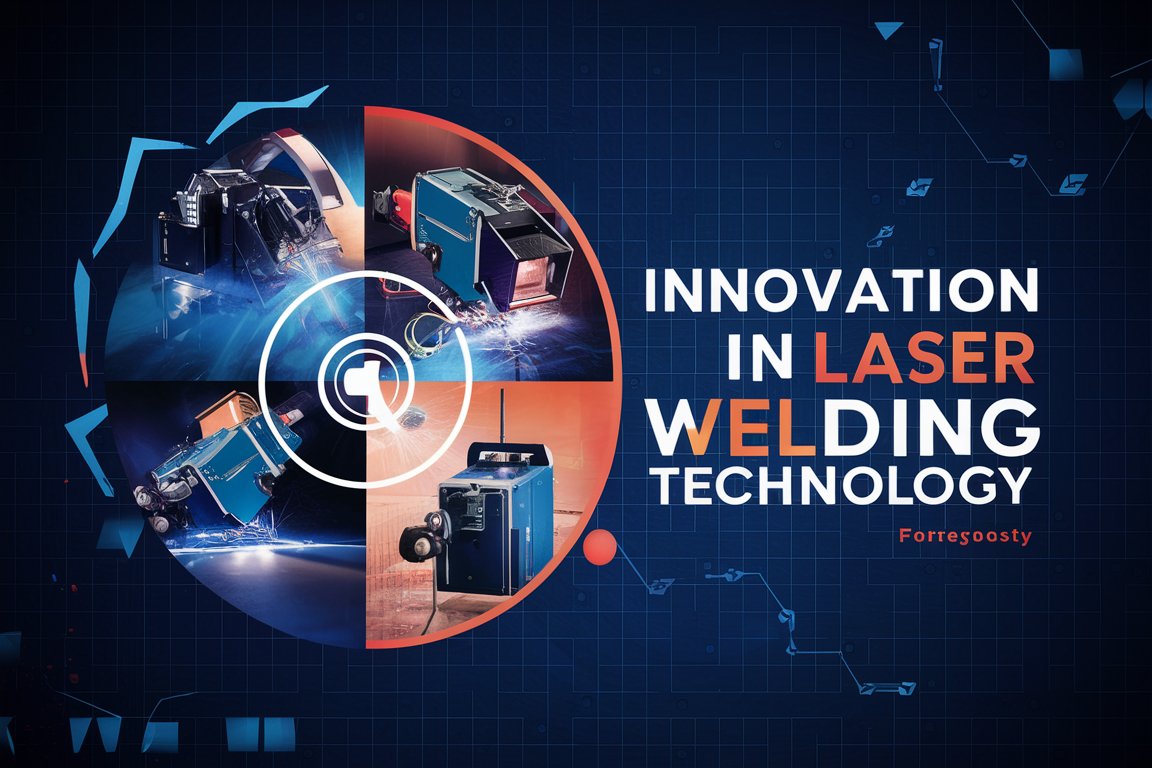As we move through 2025, one of the most exciting changes in the electrical and electronics world is the rapid rise of electric vehicles (EVs). Cars, bikes, scooters, and even buses are shifting from traditional gasoline to electricity, thanks to incredible advancements in technology. This transformation is reshaping how we travel, use energy, and think about the environment. As of 05:49 PM IST on Thursday, June 19, 2025, the world is buzzing with excitement about this shift. Let’s dive into this topic in a simple way to understand its impact and what it means for the future.
What Are Electric Vehicles?

Electric vehicles are a new kind of transportation that runs on electricity instead of petrol or diesel. They use large batteries to store power, which an electric motor uses to move the wheels. You can charge these batteries at home using a wall charger or at public charging stations found in cities and on highways. In 2025, EVs are becoming more common because they help reduce air pollution and save money on fuel costs. From small electric scooters to big electric buses, this technology is taking over roads worldwide.
How Electronics Make EVs Work
The magic behind EVs lies in advanced electronics, which control every part of the vehicle. Here’s a closer look at how these systems work:
- Powerful Batteries
The battery is the heart of an EV. Most use lithium-ion batteries, which are lightweight and store a lot of energy. Electronics inside the battery manage how it charges and discharges, ensuring it lasts for years and stays safe. In 2025, companies are working on even better batteries that can go further on a single charge. - Smart Motors
Unlike gas engines, EVs use electric motors powered by the battery. These motors are controlled by electronic systems that adjust power based on how fast you’re driving or how much weight the car is carrying. This makes EVs smooth, quiet, and energy-efficient, which is a big reason people love them. - Advanced Charging Systems
Charging an EV is made easy with electronics. Modern chargers control the flow of electricity to protect the battery. Fast-charging stations, now widespread in 2025, can add 200-300 kilometers of range in just 15-20 minutes. Some homes even have smart chargers that only work when electricity rates are low, saving money. - Connected Features
EVs come with smart electronics like touchscreens, navigation systems, and mobile apps. You can check your battery level, plan your route, or find the nearest charging station right from your phone. Some EVs even update their software over the internet, making them smarter over time.
Benefits of Electric Vehicles
EVs are changing the way we think about transportation, and the benefits are clear:
- Eco-Friendly: EVs produce no exhaust fumes, which means less air pollution. This helps fight climate change, a big concern in 2025.
- Cost Savings: Electricity is much cheaper than gasoline, and EVs have fewer parts to maintain or replace. This can save thousands of rupees over time.
- Quiet Rides: Electric motors are silent compared to noisy gas engines, making driving more peaceful.
- Government Support: Many countries, including India, offer tax breaks, subsidies, or free charging to encourage people to buy EVs in 2025.
Challenges in EV Adoption
While EVs are growing fast, there are still some challenges to overcome:
- Charging Infrastructure: Not every town or city has enough charging stations yet. Rural areas are catching up, but it’s a work in progress.
- Battery Cost: Although prices are dropping, the battery is still the most expensive part of an EV. Researchers are finding ways to make them cheaper.
- Range Anxiety: Some people worry about running out of power on long trips. However, new EV models in 2025 offer ranges of 400-500 kilometers, easing this concern.
The Role of Electrical Systems
Building and maintaining EVs requires a strong focus on electrical systems. Factories use robots and advanced electronics to assemble batteries, motors, and chargers with precision. Electricians are in high demand to install home charging units and fix EV systems. In 2025, the electrical and electronics industry is creating new jobs, from designing circuits to servicing vehicles. This shows how important skilled workers are in this growing field.
What’s Next for EVs in 2025?
The future of EVs looks bright as we move through 2025. Companies are developing longer-lasting batteries that could double the range of current models. Wireless charging is also on the horizon—imagine parking your car over a pad to charge without plugging in! With 5G internet, EVs will connect better to the cloud, offering real-time traffic updates or automatic software upgrades. Governments are building more charging stations along highways, making long trips easier. In India, where electric rickshaws and buses are already popular, we might see a boom in EV adoption in cities like Delhi and Mumbai.
Another exciting trend is the use of renewable energy to charge EVs. Solar panels and wind turbines can power charging stations, making EVs even greener. This fits with the global push to reduce carbon emissions, a key goal for 2025 and beyond.
How EVs Impact Daily Life
For the average person, EVs mean more choices. You might see your neighbor charging an electric scooter or a friend buying an EV car. At 05:49 PM IST on June 19, 2025, people are talking about how EVs fit into their lives—whether it’s saving money or helping the planet. Families can plan road trips with confidence, knowing charging networks are expanding. Businesses are also jumping in, with delivery companies using electric vans to cut costs and pollution.
The Bigger Picture
The rise of EVs is part of a larger shift in the electrical and electronics world. It’s not just about cars—it’s about creating a sustainable future. As batteries improve and charging gets easier, more people will switch to EVs. This will reduce our dependence on fossil fuels and create a cleaner world for the next generation. In 2025, this change is happening right now, and it’s exciting to be part of it.
Getting Involved
If you’re interested, you can start small. Look into electric bikes or scooters, which are affordable and great for short trips. Check if your area has charging stations—many cities in India are adding them fast. For those who love technology, learning about EV electronics or becoming an electrician could be a rewarding career. Whether you’re a driver, a student, or just curious, EVs offer a glimpse into a future powered by innovation.
Final Thoughts
The rise of electric vehicles in 2025 is a game-changer for electrical and electronics. With smart technology, eco-friendly benefits, and growing support, EVs are here to stay. They’re not just a trend—they’re a step toward a better tomorrow. As the sun sets on June 19, 2025, at 05:49 PM IST, the world is moving toward a quieter, cleaner, and smarter way to travel. Why not join the journey?



